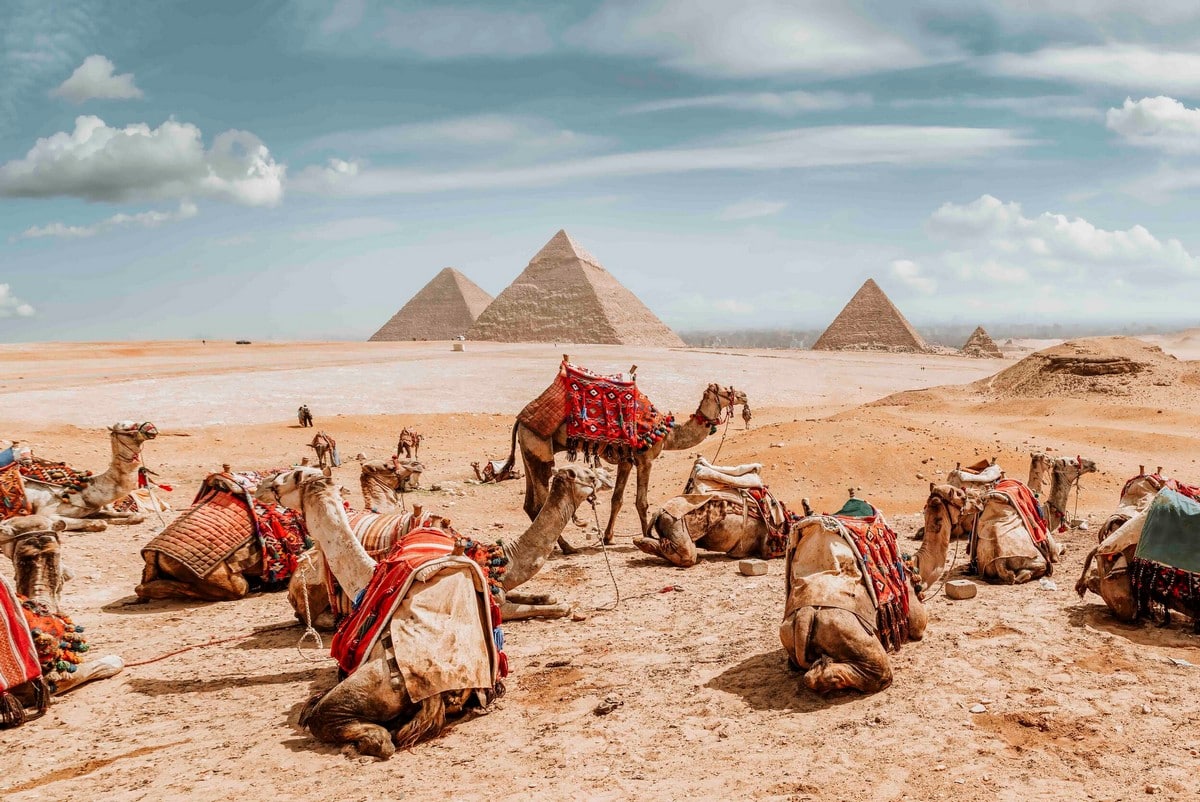Egypt is a transcontinental state extending over the southwest corner of Asia and the northeast corner of Africa. It is surrounded by Libya to the west, the Red Sea to the east, Sudan to the south, and the Mediterranean Sea to the north. Egypt covers over 390,000 square miles of land. It has a population of 107 million inhabitants, making it the most populous country in North Africa, the Arab world, the Middle East, and the 14th most populated place in the world. It has a rich history and heritage dating back to the 6th millennium BCE.
Egypt is known for its early agriculture, religion, government, writing, and urbanization advancements. Because of these achievements, Ancient Egypt, one of the oldest civilizations, has been named the cradle of civilization. On the other hand, modern Egypt is famous for its monuments, pyramids, ruins, historical sites, beaches, and sea cruises.
The Giza Pyramids
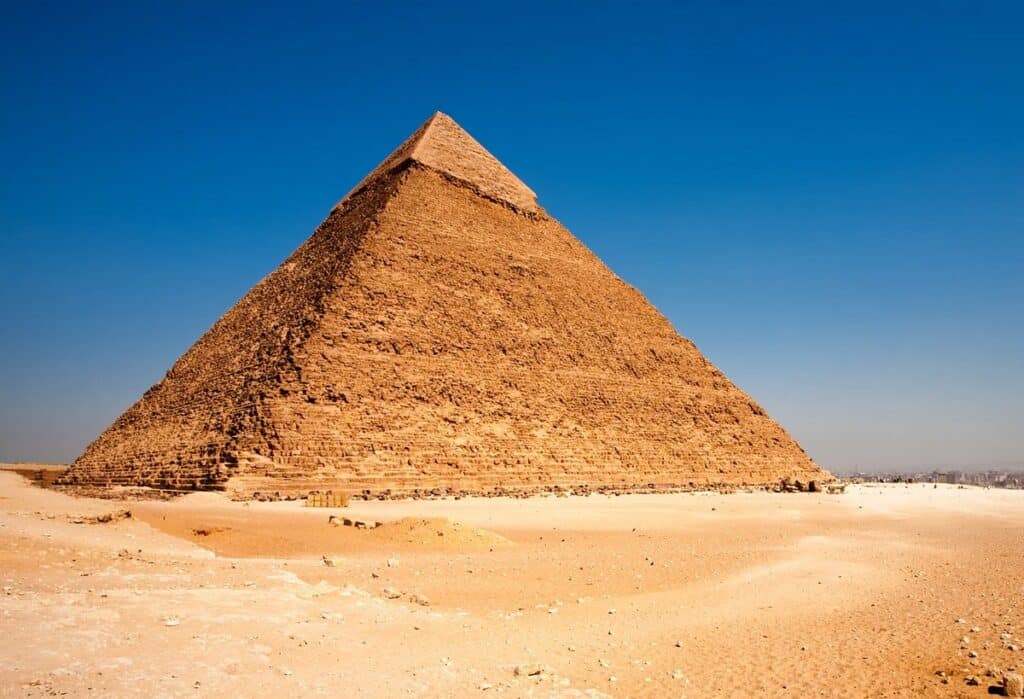
As part of the world’s seven wonders, the Giza Pyramids are undoubtedly mesmerizing. The pyramids, Khufu (481 feet high), Menkaure (213 feet high), and Khafre (471 feet high), were built as tombs for ancient Egypt’s great kings and rulers. Thousands of years ago, these pyramids were places to keep the king’s body and wealth safe. There are even speculations that when kings die, their wives and favorite servants will go into the pyramid to prepare their souls for their next journey. Nowadays, these pyramids serve as a reminder of how ancient Egyptians honored and glorified life after death.
The Great Sphinx of Giza
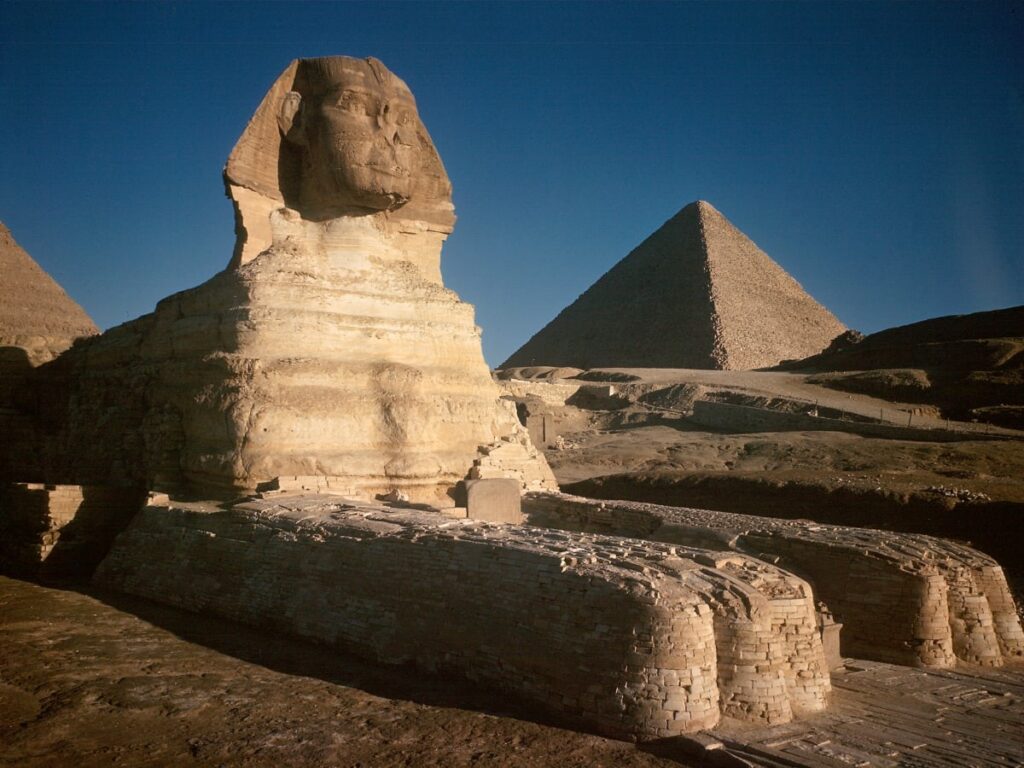
The Great Sphinx of Giza is another wonder of ancient architecture. It is a 4,500-year-old statue of a human with the body of a lion. It measures 73 meters long and 20 meters high. It’s really huge and majestic. The statue faces the rising sun, symbolizing the Egyptian god, Ra. Ra is believed to be the father of all creation and king of all deities. He was seen as an image of power, kingship, light, and heaven. Historians believe that the statue signifies that the god Ra was protecting the Pyramids of Giza.
Khan Al Khalili
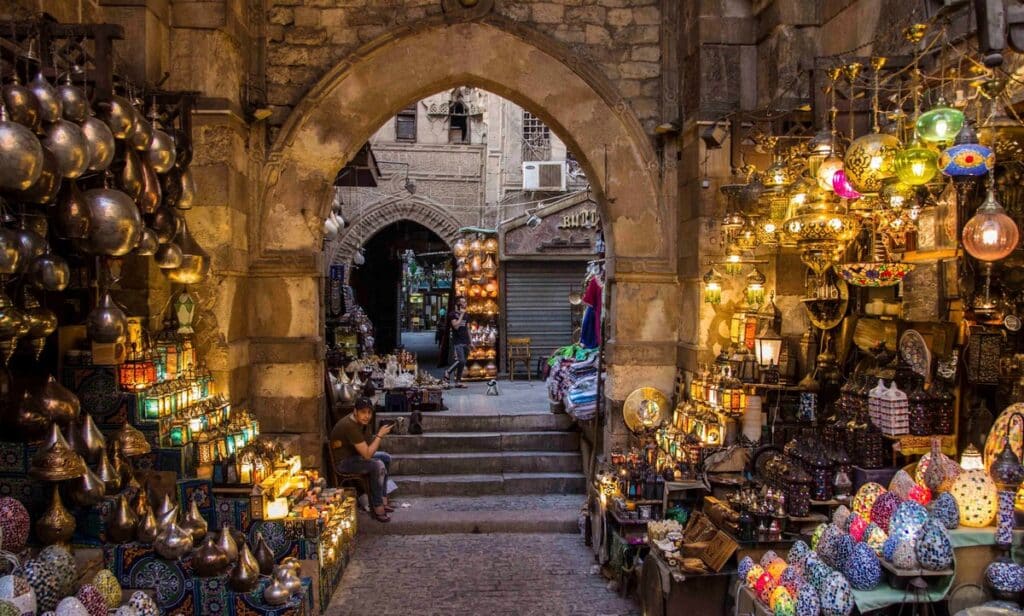
If you’re visiting Egypt, you must schedule a trip to Khan Al Khalili. Khan Al Khalili is the country’s oldest and most famous open-air bazaar and marketplace. It is located in Cairo, Egypt’s capital city. Tourists love this place since it offers cheap Egyptian souvenirs, spices, jewelry, and perfumes. Everything is cool, vibrant, and dazzling. You’ll hear vendors shouting “tfadal ya fandem,” or “come here, please” to get your attention. But you might want to practice your bargaining skills before going here. After a little shopping, you can visit cafes and food carts around the area and enjoy a nice cup of coffee or a light snack.
The Egyptian Museum
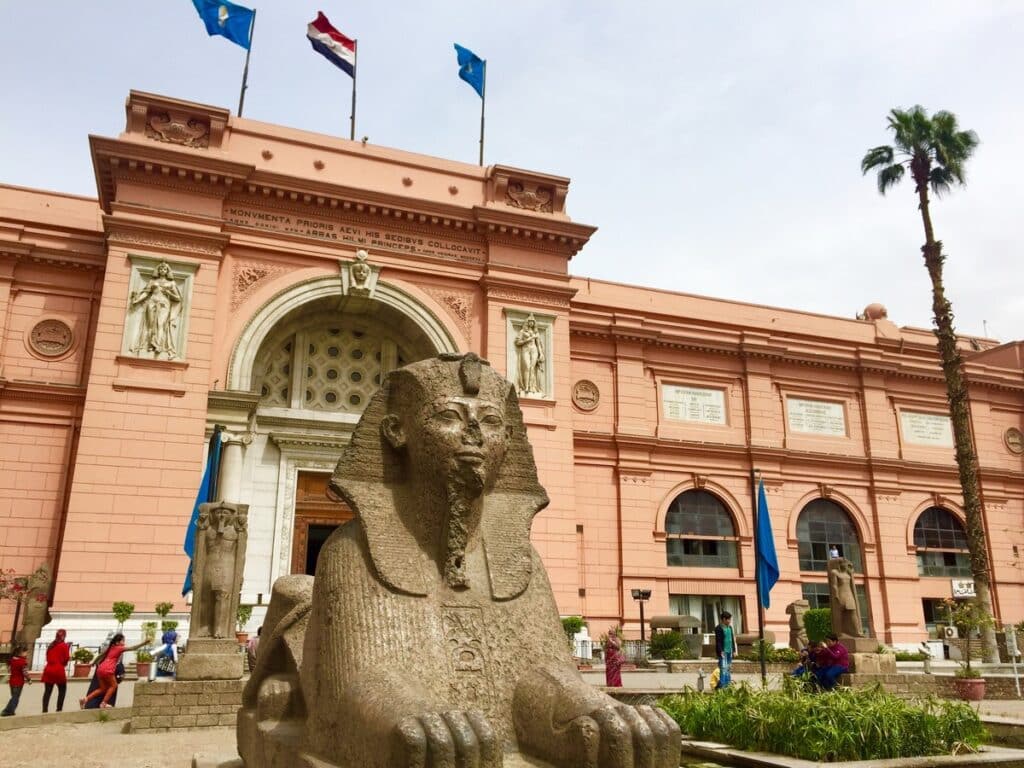
The Egyptian Museum has over 120,000 ancient artifacts and Pharaonic antiquities, which is the largest collection of the Predynastic and Gre-Roman arts in the world. The museum is located at the center of Cairo. It first operated in 1902 and has rapidly grown because of the new archeological discoveries in Egypt. You’ll find mummies, tomb contents, and coffins, which are so creepy but undeniably majestic. There are also Egyptian jewelry, utensils, bowls, and other belongings of pharaohs and kings, which were buried with them. In addition, the tour will give you a glimpse into how ancient Egyptians lived in the past.
Luxor, the Outdoor Museum
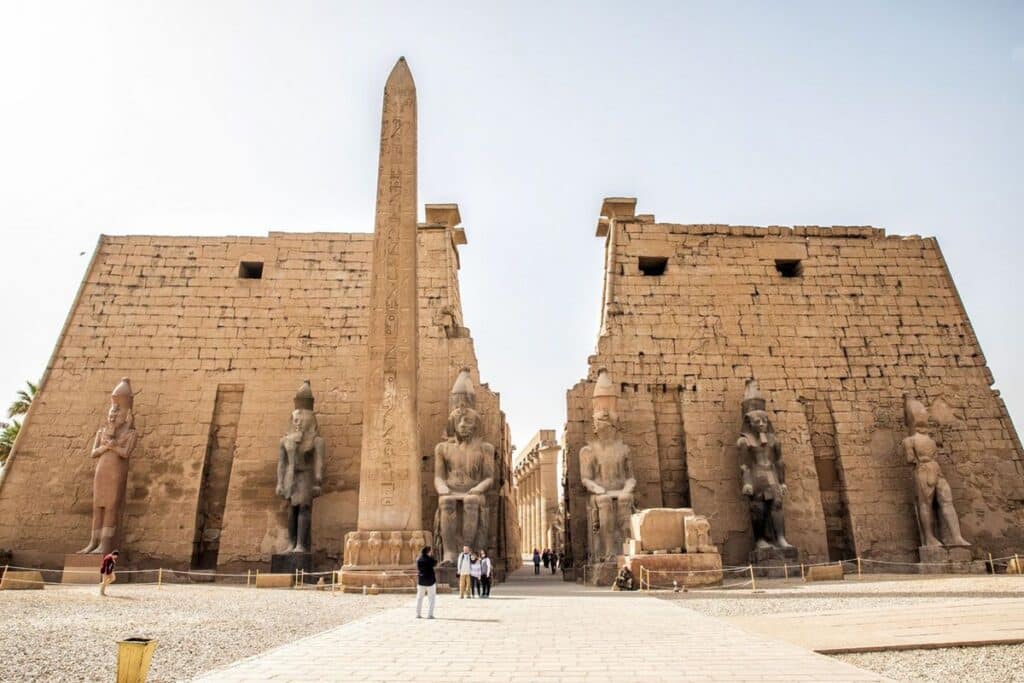
Most museums are enclosed to preserve their displays, but Luxor is not your ordinary museum. Instead, it is an open-air museum with a majestic view of temples and statues dating back around 4,500 years ago. Aside from having 35% of the world’s ancient monuments, Luxor is also famous for being a burial ground for priests, pharaohs, and queens. It is known as the Valley of the Kings, where important people like Seti I, Ramses II, and Tutankhamun were buried. You can explore the museum on foot, but riding a hot air balloon at sunrise or sunset seems more spectacular.
The Sunniest Place on Earth
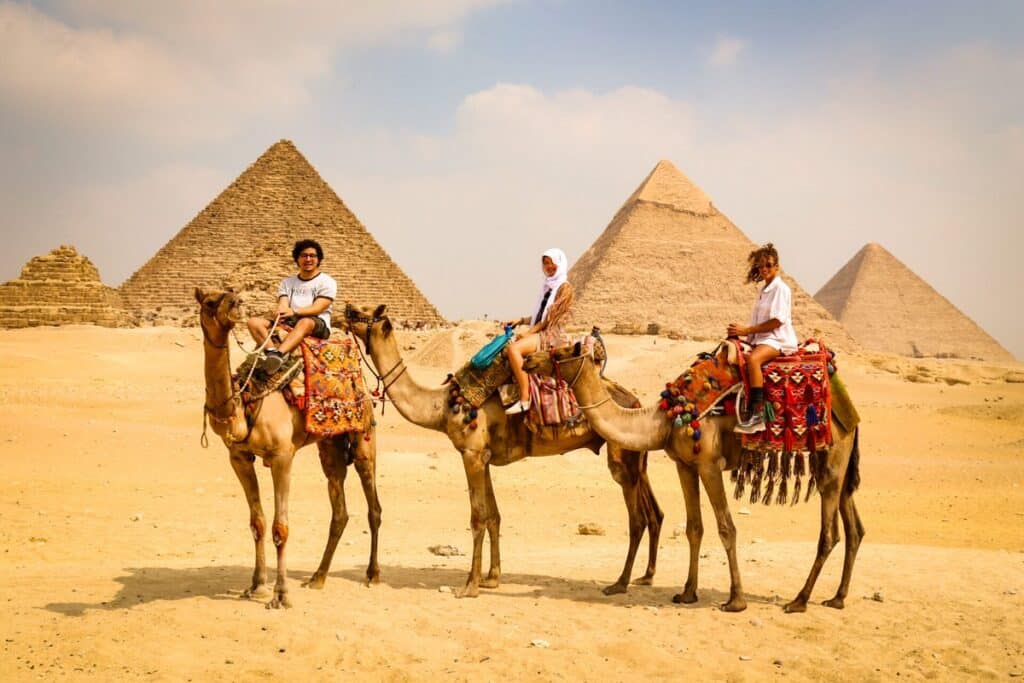
Aswan is an Egyptian city famous for receiving nearly 4,000 hours of sunshine annually. Because of this, it is considered one of the sunniest places on the planet, making it the perfect tourist destination. Awsan is full of adventures and sights to explore. For starters, it has a breathtaking and peaceful view of the Nile valley. You can also rent a felucca and tour the city through the Nile river. In addition, there are a lot of archeological sites in Awsan that are worth visiting, like the Philae temple complex and Aswan High Dam.
The City of Gold
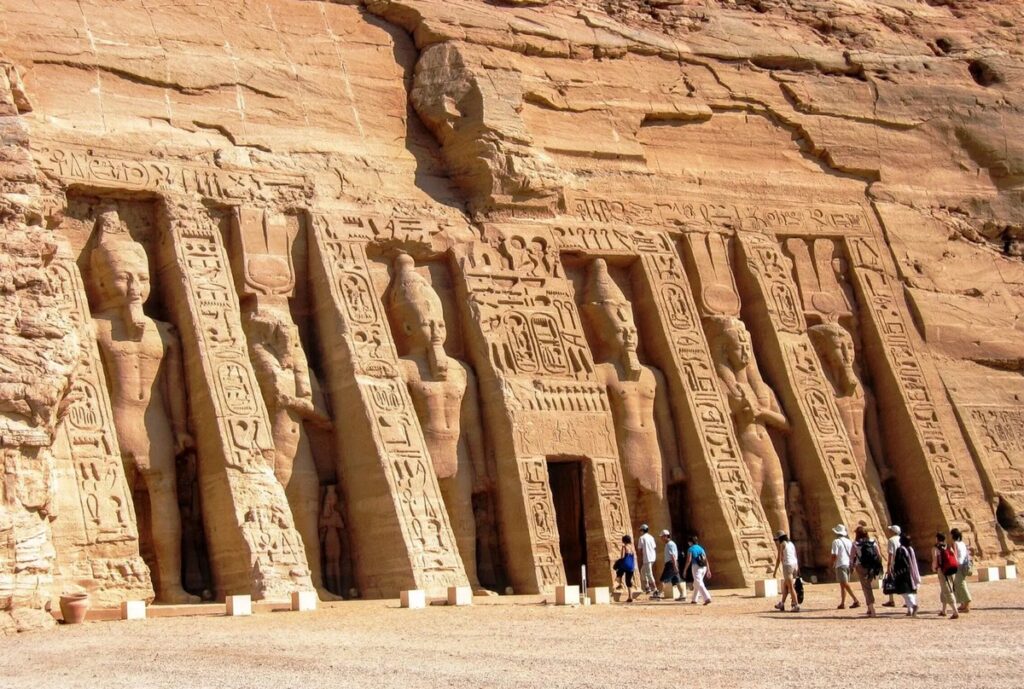
Nubia, known as the City of Gold, is believed to be the home of one of the oldest human civilizations. The city itself is beautiful and is known for its rich gold deposits. However, the people living in it, the Nubians, are the real charm of the place. Nubians are welcoming, warm-hearted, generous, and kind and keep their homes open for tourists and visitors. They are so anchored with their traditions and heritage that they love to share stories and secrets about their ancestors. In addition, they can fluently speak French, Italian, English, and Arabic.
Crocodiles Are Important
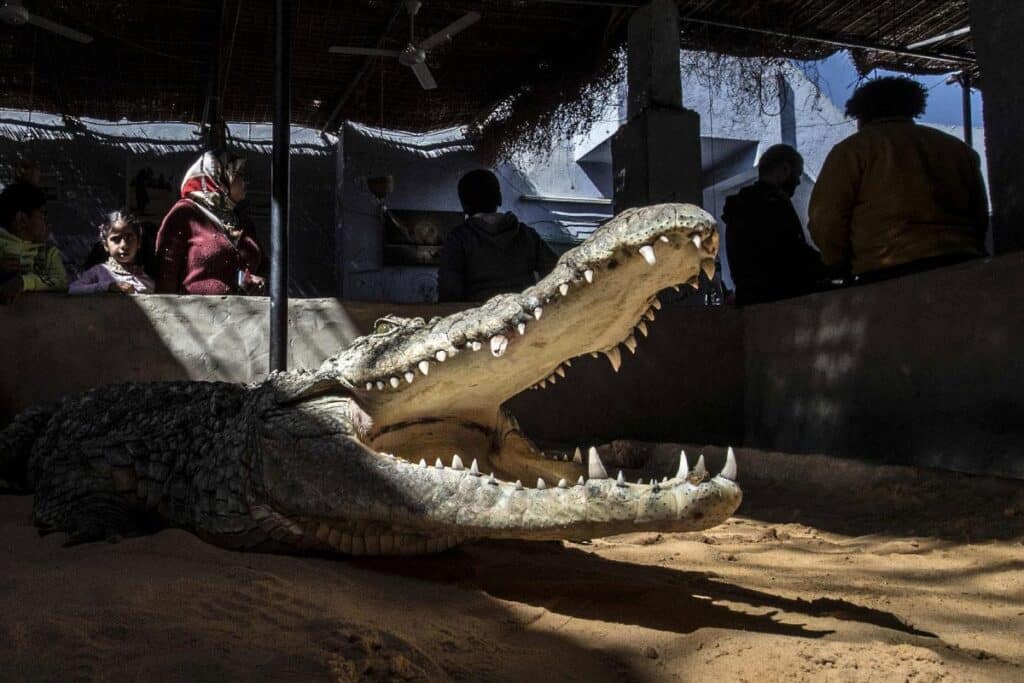
Egyptians love crocodiles. Can you believe they raise them as pets? Domesticated crocodiles in Egypt, especially in Nubia, are human-friendly and live in people’s homes. After a crocodile dies, Egyptians display their skin on walls to ward off evil spirits. This tradition goes back to ancient times when Egyptians worshipped crocodiles as the water gods. They also prepare offerings to appease crocodiles and ensure fresh water, healthy crops, and fertility. Many mummified crocodiles were discovered in Egyptian tombs over the years, proving their importance to the ancient Egyptians.
Kushari, Fool Medammes, and Ta’meya
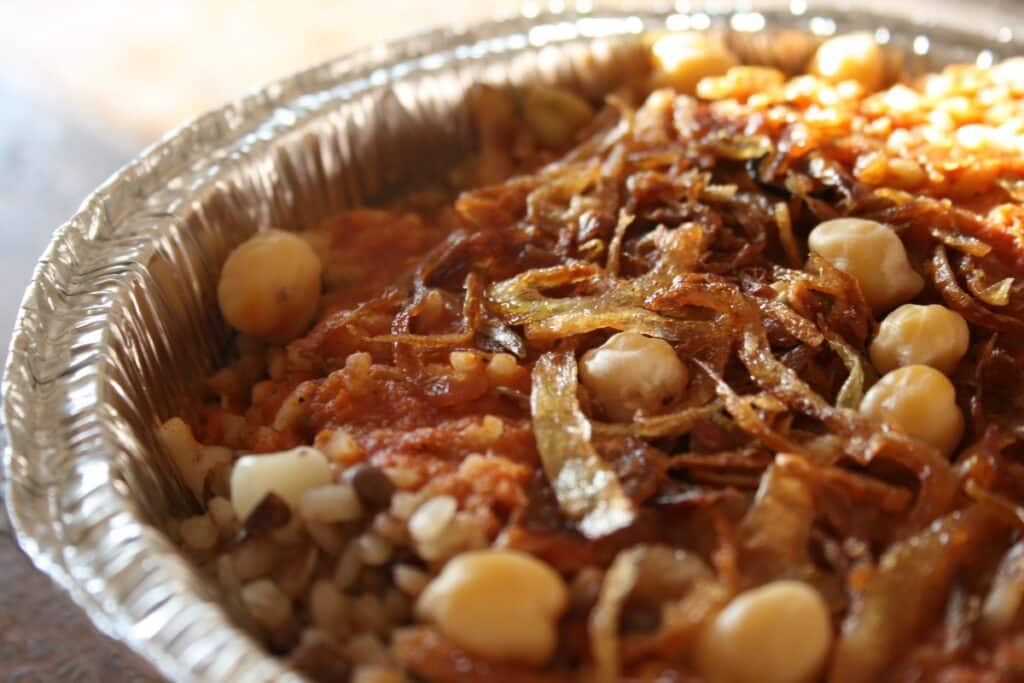
We can try and replicate Egyptian foods in our homes, but they taste better in Egypt. So if you’re visiting Egypt, do not forget to grab a bite of their local dishes, especially Kushari, Fool, and Ta’meya. Kushari is a unique dish comprising macaroni noodles, lentils, and rice flavored with garbanzo beans, onions, and spices. Fool Medammes, a bean burrito, and Ta’meya, a falafel, are common Egyptian breakfasts. You can also try some of their street foods, all of which are delicious and mouthwatering.
The White Desert National Park
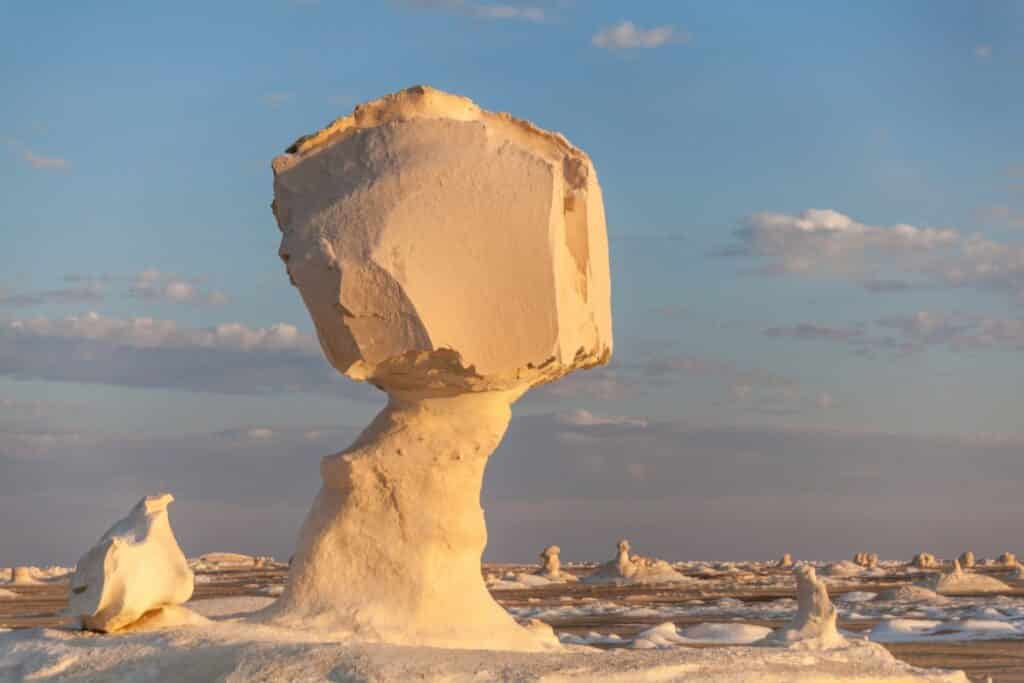
You should visit Egypt’s White Desert National Park if you love magical places. It looks like a scene straight out of a children’s storybook. The desert was naturally formed due to years of erosion, abrasion, and sandstorms. The place looks good during the day, but it is to die for during nighttime. You can set up a tent and enjoy the majestic view of the galaxy, white-chalk rock formations, and chilly air. It is a perfect place for stargazing; it’s like sleeping under a blanket of thousands of stars.
Jaw-Dropping Beaches
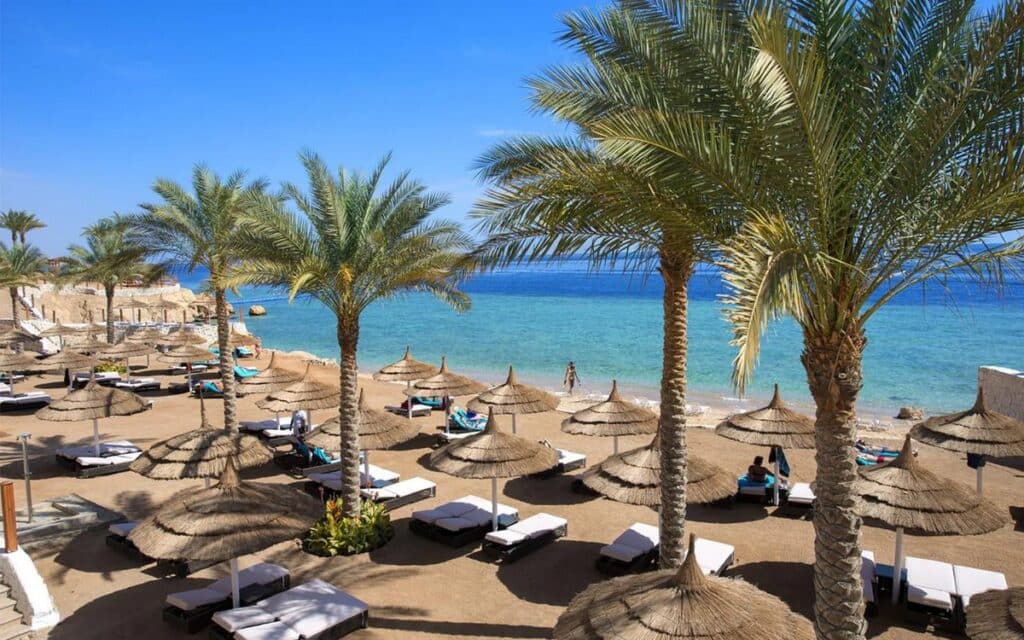
Egypt is known for its rich history, mummies, pyramids, and other eerie phenomena. But aside from these, Egypt is also famous for its jaw-dropping beaches. Some of the best beaches are Soma Bay, El Gouna, Naama Bay, Dahab Lagoon, Sid Beach, Taba, Makadi Bay, and Marsa Alam. All of which has crystal blue waters, pristine sand, fresh air, and a killer sunset and sunrise view. You can also enjoy underwater activities like snorkeling, surfing, diving, and boating.
Arabic is the Official Language of the Egyptians
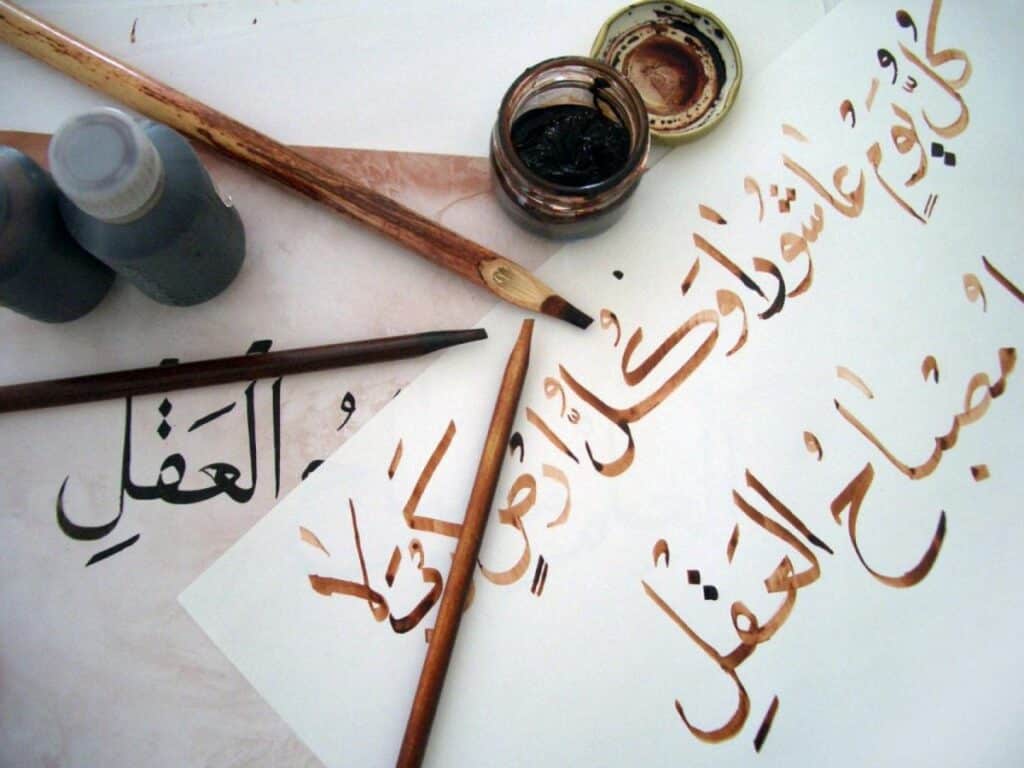
Egyptians speak fluent Arabic. It is the language used in their schools, workplaces, and homes. Newspapers, TV shows, books, signages, radio programs, movies, restaurant menus, and magazines also use Arabic. The locals rarely use foreign languages like Frech or English. So, if you are planning to visit Egypt, learning basic phrases and words in Arabic would make your life easier.
The Egyptian Cotton, Egypt’s White Gold
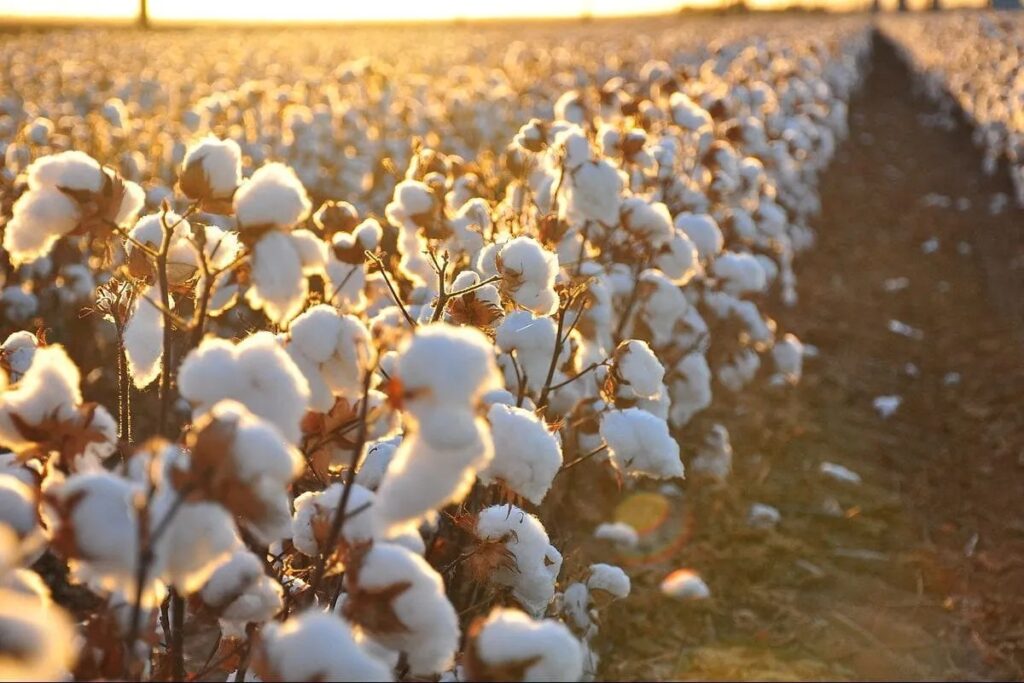
The Egyptian farmers grew ordinary crops like figs, flax, vegetables, wheat, barley, and vines. But Egypt is very famous for its fine and high-quality cotton. It all started in 1821 when the most outstanding cotton seeds were found and cultivated in Egypt. This is probably because Egypt’s fertile soil, fine weather, and mineral water are ideal for growing cotton. Since then, Egypt’s cotton industry has blossomed, and its products are sought by other countries worldwide. Egyptian Cotton represents sophistication, class, and elegance.
Graceful Belly Dancing
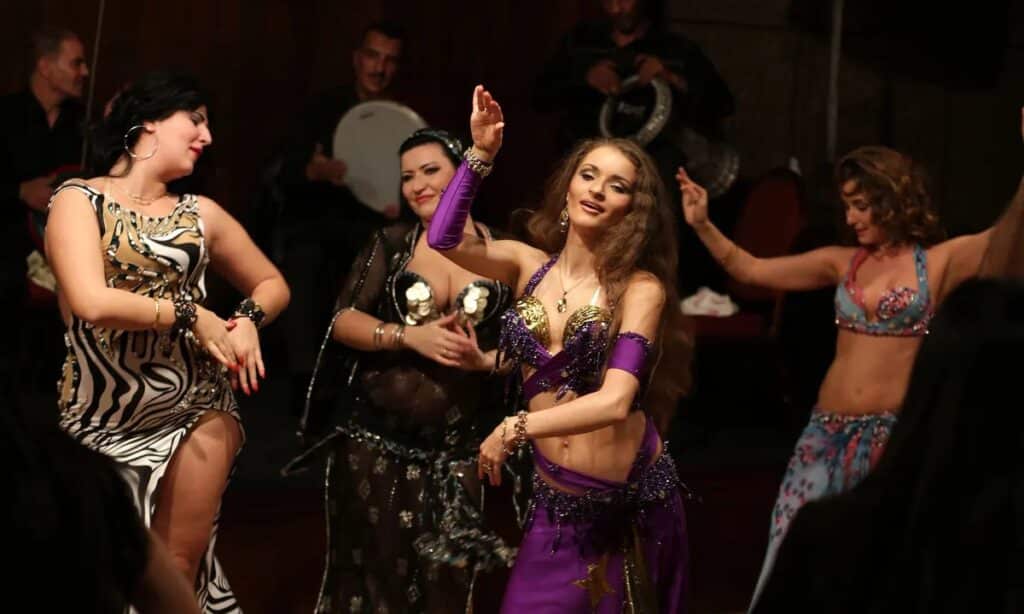
Belly dancing, or raqs sharqi, is a traditional and graceful dance involving the torso and hips. It is an important part of Egypt’s tradition and history. Back in ancient times, belly dancing was strictly used by women to worship Isis, the Egyptian goddess of motherhood, to pray for fertility. Nowadays, belly dancing can be performed by men and women as a form of entertainment and empowerment. You can also try belly dancing since it has loads of health benefits, like improving coordination, strength, digestion, and balance.
The Nile River
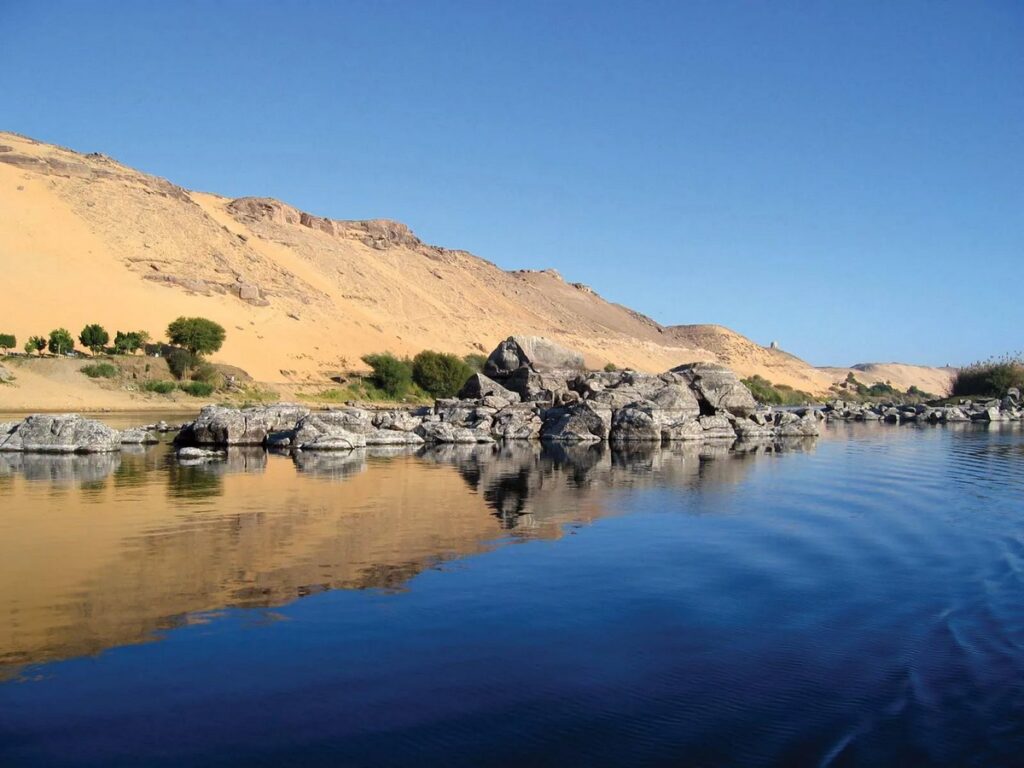
Lastly, let’s not forget the Nile River. It is the longest river in Africa and the 2nd longest in the world, next to the Amazon River. The Nile is the pumping heart of Egypt since it is the country’s main water source. It has a diverse selection of fauna and flora, and you’ll be lucky (or scared out of your wits) if you spot a Nile crocodile during your visit. You might also see some softshell turtles, rare fish species, and migratory birds lurking around the river. You can either explore the waterway on a traditional felucca or Egyptian sail for a more authentic experience or ride the Nile Cruise, which offers a delicious buffet. Either way, the experience is a must-try.
